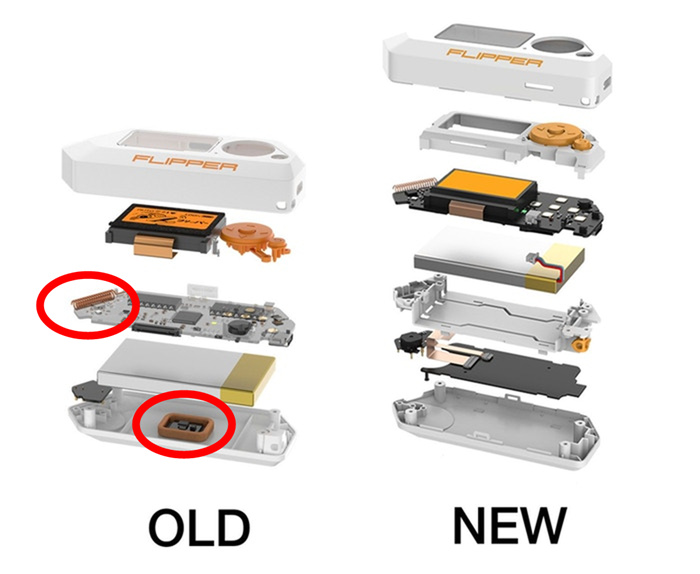Hi there,
It was recommended that I post here after commenting on Kickstarter enquiring if this would support pet microchips which operate at 134kHz.
These are common in Australia along with i believe a lot of countries - basically most if not all pets get a tag implanted, and if that pet is lost/runs away and loses their collar, any vet can ‘scan’ the tag in the pet and see its serial number which links to a database with the owners phone number.
In terms of compatibility, the first question is if the antenna is putting out enough power to couple well with small glass tags - this has two benefits, it would work on pet tags, and also human RFID implants since they are the same form factor.
Normally getting compatibility with both sorts of tag is pretty easy from a hardware standpoint, instead of aiming for your antenna to be tuned to 125kHz, a lot of people aim for 129-130kHz - this is usually close enough to 125 and 134 to work well for either.
This is done for most Proxmark stock antennas with good success. Another idea is that an extra ‘tuning capacitor’ could be added to the receive circuit and switched in software with a transistor, so the coil could be tuned to 125, and it could ‘detune’ to read 134 - but this is often unneeded.
You can also find me on the Dangerous Things forum - where a lot of implants are discussed - If you would like, i can try and organise for some chips to be sent to you to test with your antenna design!
Thanks, let me know if you would like more details!
Compgeek



